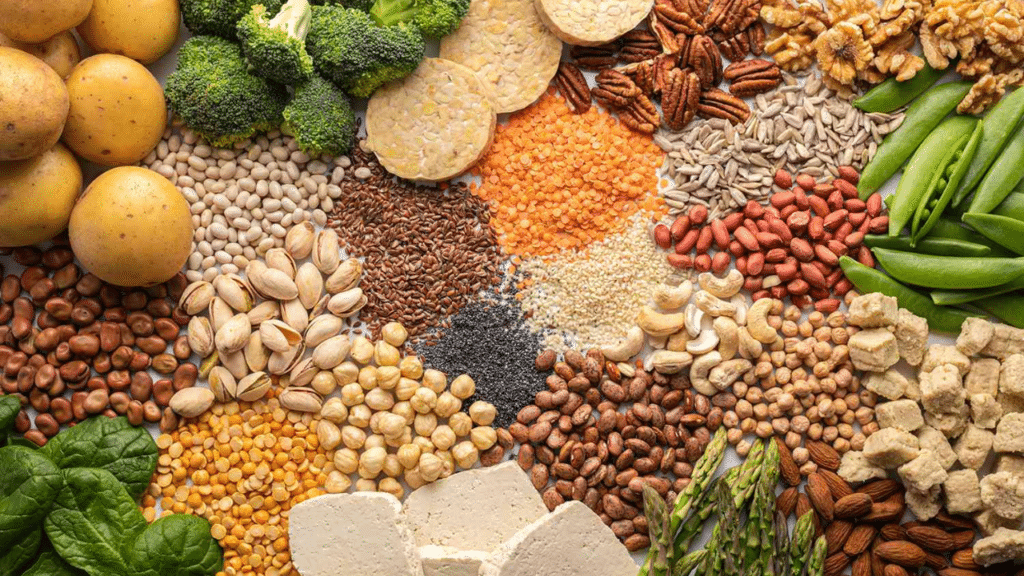Protein is one of the most essential nutrients your body needs. It plays a vital role in building and repairing tissues, supporting immune function, and maintaining healthy hair, skin, and nails. But if you’re an Indian vegetarian, you might wonder — “Am I getting enough protein?”
The answer is: Yes, you can — if you choose your foods wisely.
Even without meat, a wide variety of Indian vegetarian foods are rich in protein. From lentils and dairy to nuts and soy, you have plenty of options to create balanced, protein-rich meals.
Let’s explore the best high-protein foods for Indian vegetarians and learn how to easily incorporate them into your daily diet.
Protein Powerhouses in an Indian Vegetarian Diet
1. Legumes and Pulses: The Cornerstone of Vegetarian Protein
Legumes and pulses are staples in Indian cooking. They are affordable, versatile, and packed with protein.

- Lentils (Dal): Moong dal, masoor dal, urad dal, and toor dal are all rich in protein. A single cup of cooked dal provides around 9 grams of protein. Enjoy it in classic preparations like dal tadka or sambar.
- Chickpeas (Chana): Whether used in chole, hummus, or salads, chickpeas are loaded with both protein and fiber. One cup of cooked chickpeas has approximately 15 grams of protein.
- Kidney Beans (Rajma): A favorite in North Indian cuisine, rajma is not just comforting but also a good source of protein—around 13 grams per cup.
- Black-eyed Peas (Lobia): These are great in curries or even tossed into salads. One cup contains nearly 13 grams of protein.
- Soybeans: These are among the few plant-based sources of complete protein, meaning they contain all nine essential amino acids. A cup of cooked soybeans contains about 29 grams of protein!
2. Dairy Products: Delicious and Protein-Rich
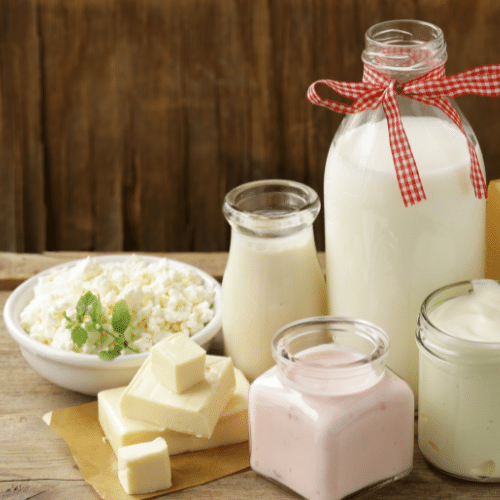
Dairy is a big part of many Indian diets and an excellent protein source for vegetarians.
- Paneer (Cottage Cheese): A favorite in dishes like paneer tikka or palak paneer. 100 grams of paneer offers 18–20 grams of protein.
- Greek Yogurt (Hung Curd): Higher in protein than regular dahi, Greek yogurt provides about 10 grams of protein per 100 grams. Perfect for smoothies, parfaits, or as a side with meals.
- Milk: A glass of milk contains 8 grams of protein. Drinking milk regularly adds up, especially if you’re working out or aiming to build muscle.
3. Soy-Based Products: High-Quality Plant Protein

- Tofu: A versatile substitute for paneer, tofu is great in stir-fries, curries, and sandwiches. It contains around 10 grams of protein per 100 grams.
- Soy Chunks (Nutri Nuggets): These meat-like soy products are packed with 52 grams of protein per 100 grams (dry). Use them in biryanis, curries, or kebabs for a tasty protein boost.
4. Nuts and Seeds: Small but Mighty
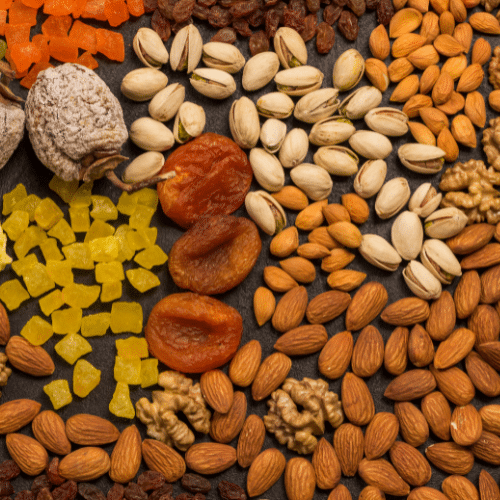
Nuts and seeds offer not just protein, but also healthy fats and essential nutrients.
- Almonds: A handful (about 23 almonds) provides 6 grams of protein. Soaked or raw, they’re great as a snack or in smoothies.
- Chia Seeds: These little seeds offer 5 grams of protein per 2 tablespoons. Add them to oats, smoothies, or make chia puddings.
- Flaxseeds: 2 tablespoons give about 3 grams of protein. Ground flaxseeds can be added to atta, yogurt, or smoothies.
- Hemp Seeds: One of the rare plant-based sources of complete protein. Three tablespoons provide around 10 grams of protein.
- Pumpkin Seeds: A 28-gram serving gives around 7 grams of protein. Add to salads, soups, or homemade granola.
5. Whole Grains: More Than Just Carbs
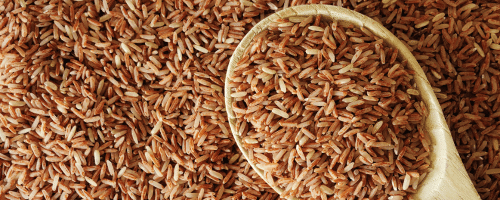
- Quinoa: A complete protein with all essential amino acids. One cup of cooked quinoa provides 8 grams of protein. Use it in pulao, salads, or as a rice replacement.
- Brown Rice: Slightly higher in protein than white rice. One cup offers about 5 grams of protein and more fiber.
6. Vegetables That Provide Protein
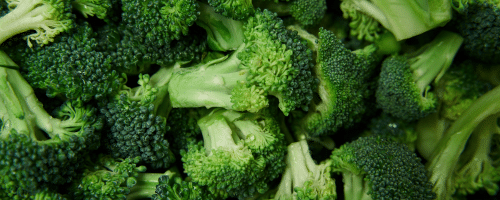
While vegetables aren’t usually high in protein, some are surprisingly good sources:
- Spinach: 1 cup cooked spinach provides about 5 grams of protein. Use it in palak paneer, soups, or as a sabzi.
- Broccoli: One cup of cooked broccoli has around 4 grams of protein.
- Green Peas: A cup of peas has nearly 8 grams of protein! Great in matar paneer, pulao, or just boiled with spices.
How to Add More Protein to Your Vegetarian Diet
You don’t need to completely overhaul your diet — just make smarter choices. Here’s how:
1. Begin Your Day with a High-Protein Breakfast
- Paneer bhurji with toast or roti
- Besan cheela with veggies
- Peanut butter on multigrain bread
- Greek yogurt smoothie with fruits and seeds
2. Replace White Rice with Quinoa or Brown Rice
- This simple swap can increase your protein intake significantly.
3. Snack Smart
- Ditch fried chips and opt for:
- Roasted chana
- Makhana
- Almonds and walnuts
- Homemade protein bars
4. Add Protein-Rich Ingredients to Curries
- Use tofu, paneer, or soy chunks in dishes like butter tofu, soy keema, or matar tofu.
5. Include Sprouted Salads and Greek Yogurt
- Sprouted moong, chana, and lobia are power-packed with protein and enzymes.
6. Use High-Protein Flours
- Besan (chickpea flour) or soy flour can be used in cheelas, pakoras, or rotis for an extra protein hit.
7. Combine Multiple Protein Sources
- Mix grains and legumes (like dal + rice, rajma + quinoa) to get a complete amino acid profile.
8. Try New Recipes Regularly
- Look for easy Indian protein-rich dishes like:
- Quinoa khichdi
- Tofu tikka
- Almond and flaxseed ladoos
- Paneer-stuffed parathas
Final Takeaway: A Protein-Rich Diet Is Totally Doable for Indian Vegetarians
You don’t need to rely on meat or eggs to meet your protein needs. With the right mix of lentils, dairy, soy, nuts, seeds, and whole grains, you can build a satisfying and balanced high-protein vegetarian diet.
💡 Pro Tip: Aim for around 50–60 grams of protein per day (depending on your age, activity, and body weight). Spread it across meals for better absorption.

